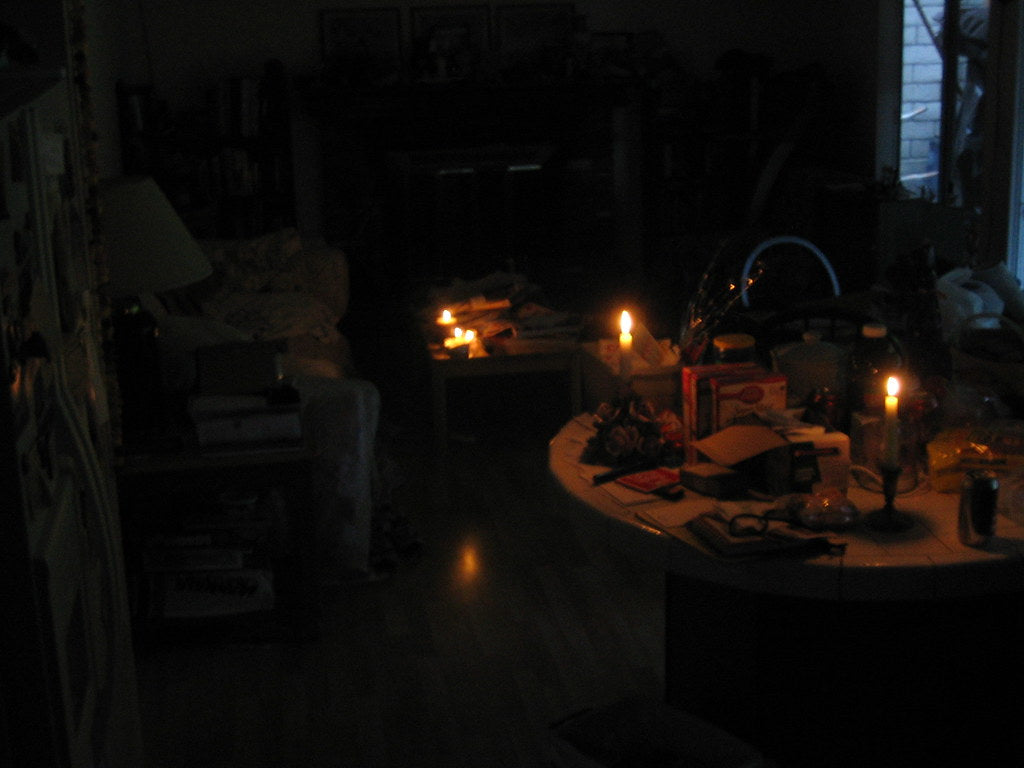There is a certain tendency in the preparedness and survival community to think big when we think about survival. We'd much rather talk about surviving a TEOTWAWKI event than surviving the common problems we all face. Maybe we've been a little infected by Hollywood here, in the sense that normal just isn't that exciting. But normal survival situations, the type people face every day, just aren't as exciting and eye-catching as surviving a power outage in the winter.
As we all know, winter is coming. Here where I live, we've already had a few cold spells. Trying to keep my wife warm reminded me of winter storm Uri, which hit the country just a few years ago.
Winter Storm Uri hit Texas more seriously than any other part of the country. This is partly because Texas has a separate power grid, but also because most Texans aren't really prepared for the cold... especially if the power goes out. This lack of preparation turned what should have been a simple major inconvenience into a potentially deadly situation that cost the lives of at least 246 people.

As preppers, keeping our homes warm when there's no power is something we all talk about. The common answer is to use wood to heat our homes. Hopefully you have already installed a wood stove in your home and have a good stock of firewood. Otherwise, there probably isn't much time left before the Biden administration manages to ban them. Even if you can't install it now, try to buy one so you can install it later. Buy the most energy-efficient model possible, to get the most out of the heat from the wood you burn.
also read: Wind Chill Warning: What You Need to Know
But what if you can't?
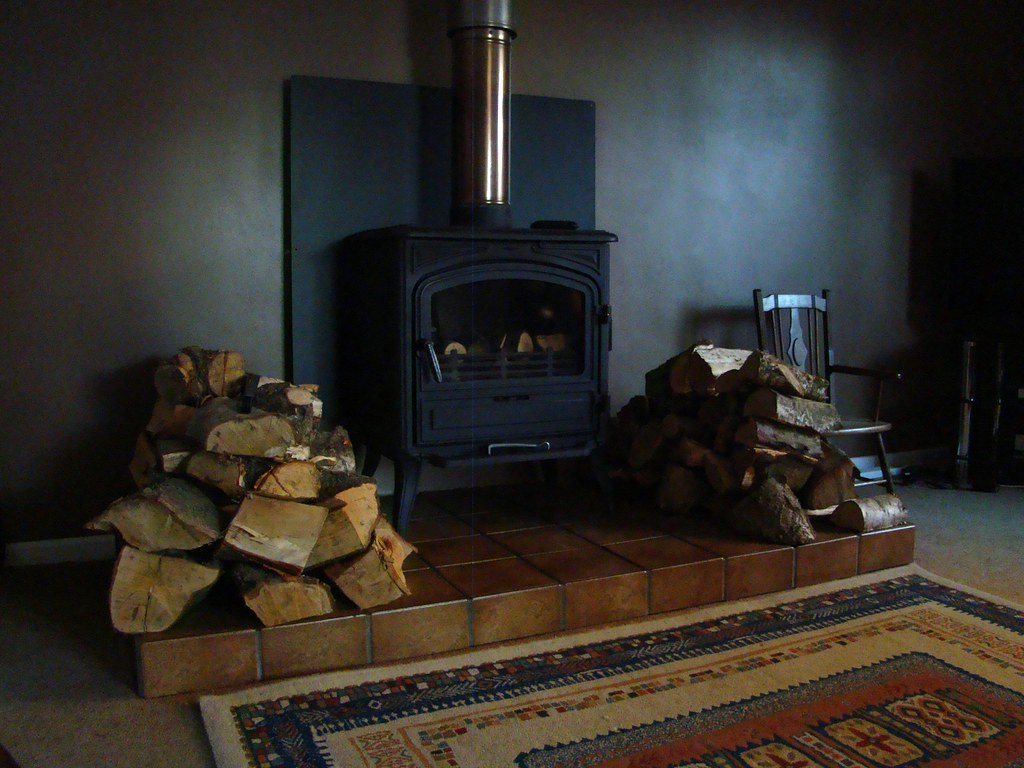
Many people cannot light a wood stove, for one reason or another. About 36% of American households live in rented accommodation, between single-family homes and apartments. Few homeowners will allow a wood stove to be installed in their property, even knowing it will increase the value of their property. They do not want to take the risk of poor workmanship and do not want to accept the risk of fire that is believed to be associated with a wood stove.
This means finding an alternative heat source. We all know it's not a good idea to use your stove and oven for heating, or bring the barbecue grill inside as a makeshift chimney. The biggest danger with these two options is not the risk of fire; but rather the danger of asphyxiation. Committing suicide to try to save your life is not very effective. Of course, if you have an electric stove rather than gas, it won't provide heat in the event of a power outage anyway.
Fortunately, there are other options available to us. Two devices that I have used very effectively are kerosene and propane heaters. Kerosene heaters are portable heaters that burn kerosene. This works very well in areas where you can buy kerosene as fuel; but I wouldn't recommend it to Texas.
From what I have been able to find out, the only kerosene available anywhere in Texas is at paint stores and lumberyards that sell paint. This is a very expensive way to buy kerosene. In the North, on the other hand, kerosene can be purchased as fuel at some gas stations and propane filling stations, at a very reasonable price.
Propane also works great and can be purchased anywhere, as it is used for other things, like gas barbecue grills. The only thing you need to be careful about is making sure your propane heater is rated for indoor use. Kerosene patio heaters cannot and should not be used indoors. On the other hand, I have a small propane heater designed for indoor use and will keep my 400 square foot family room nice and warm.
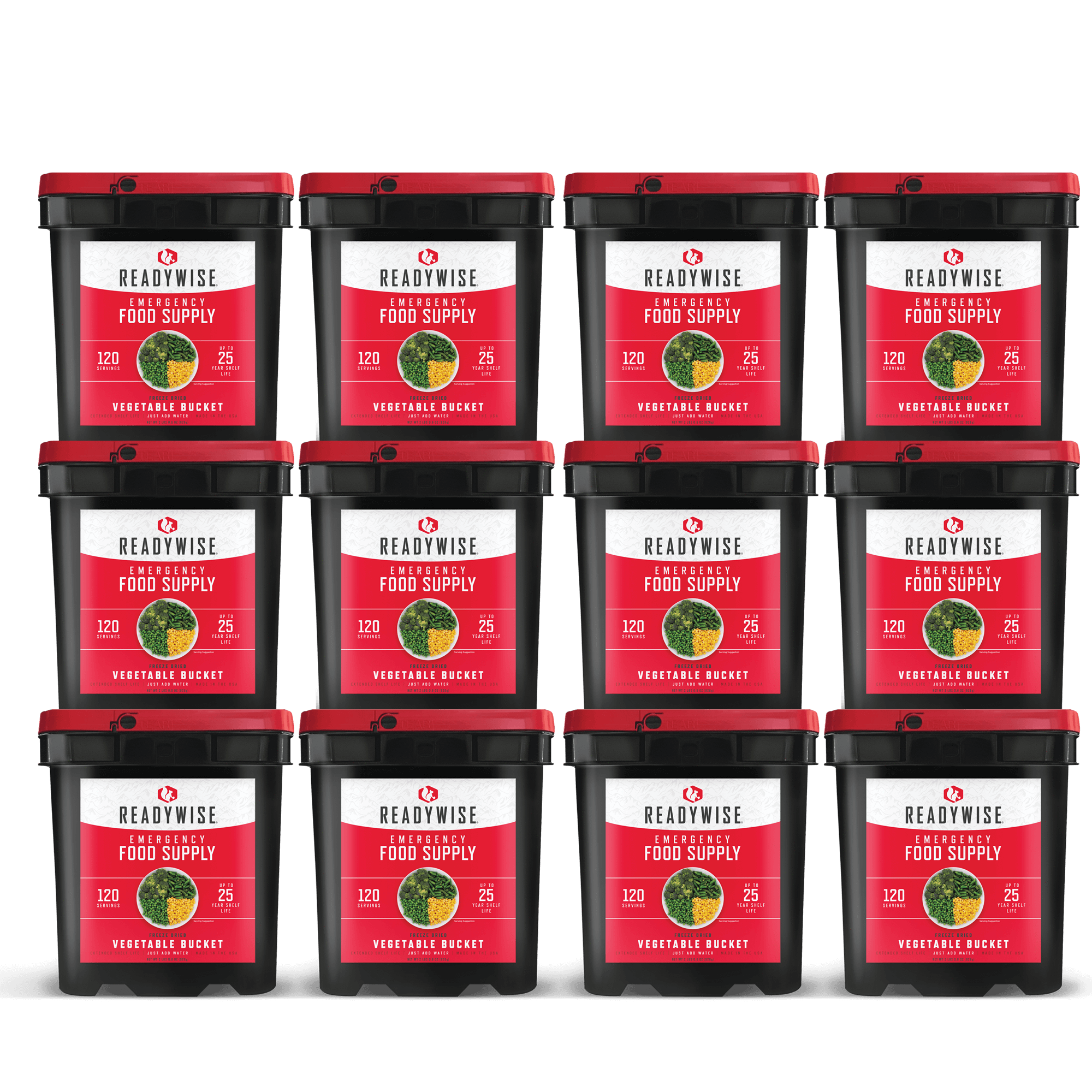
Buy: ReadyWise - Long Term Food Supply
These small propane heaters have a drawback, however. That is, they use one-pound propane cylinders, which cost about $5 each. This can be a bit expensive, even considering it's better than freezing to death. However, there is a cost-effective solution. Purchase an adapter that allows you to fill these small bottles with a 20-pound propane tank (the type used for barbecue grills). This will reduce the cost from $5 per bottle to around $1 per bottle.
In any emergency situation, we should not worry about heating our entire house, but rather move into a small part of our house and keep it warm. Heating your entire home, using emergency measures, is beyond realistic. On the other hand, it is actually quite simple to heat one or two rooms and temporarily close off the rest of the house or apartment.
also read: Lake Effect Snow Warning: Understanding Its Formation, Risks, and Safety Precautions
There is much more than heat production
Even though everyone focuses on producing heat, that's not the big problem. A much bigger problem is keeping your home from losing the heat you create, especially in times of crisis when you can't produce unlimited heat.
Let's face it, most of our homes give off a lot of heat. This is partly due to the design of our homes and partly to what we might call maintenance issues. We have to deal with both, especially in our designated “cold weather survival room.”
When I talk about maintenance issues, I'm talking about air leaks, usually around doors and windows. These are usually pretty easy to find, especially when it's windy outside. The cold air you feel blowing through your home is a sure sign that there is an air leak somewhere. Chances are it's around a door or window, where the weatherstripping has been damaged or become ineffective due to house settlement and increased clearances around these doors and windows.
Repairing bad weather stripping is easy, with self-adhesive foam weather stripping. It may not be as good as the original, but it doesn't cost much and can be installed in moments. It is worth using.
After that, be sure to check your attic insulation. If your home is more than a few years old, the attic insulation may have sagging, reducing its R-value. It doesn't take much to increase insulation and the effort pays off, both in creating a warmer home and reducing energy costs.
Ok, so this is the “normal” stuff; but there's a lot more we can do to keep our homes warm when the power goes out, and we try to get the most out of our emergency heating.

Start by taking care of the less isolated parts of this room. That is to say the windows and doors. The insulating value of windows, even triple-glazed, is dismal and the doors aren't great either. While it may not be possible to get them to the same insulating value as the walls, hanging a blanket over the windows, especially a thick blanket, will go a long way toward keeping the heat in. , roll up some towels and place them at the bottom of the doors, to seal this air leak.
Don't forget the doors leading to the rest of your house. A large amount of heat can escape through these if they are left open. Also hang blankets over them, making sure they are wider than the door opening. It doesn't make sense to waste heat in parts of the house you don't use.
Don't forget the most basic insulation
The most important part of all this is the one people are most likely to forget; that is, dress warmly. I spent a lot of time in Mexico, where most people I know don't have heat in their homes. They regularly wear their coats indoors in cold weather, to keep warm.
It's always best to dress in layers if you want to stay warm. These layers of clothing trap air between them, helping to increase the insulation you get from the clothing. Remember to also cover yourself with a blanket if you are sitting in the same place. Besides, a blanket can go a long way in keeping you warm in the car when you have to go out.
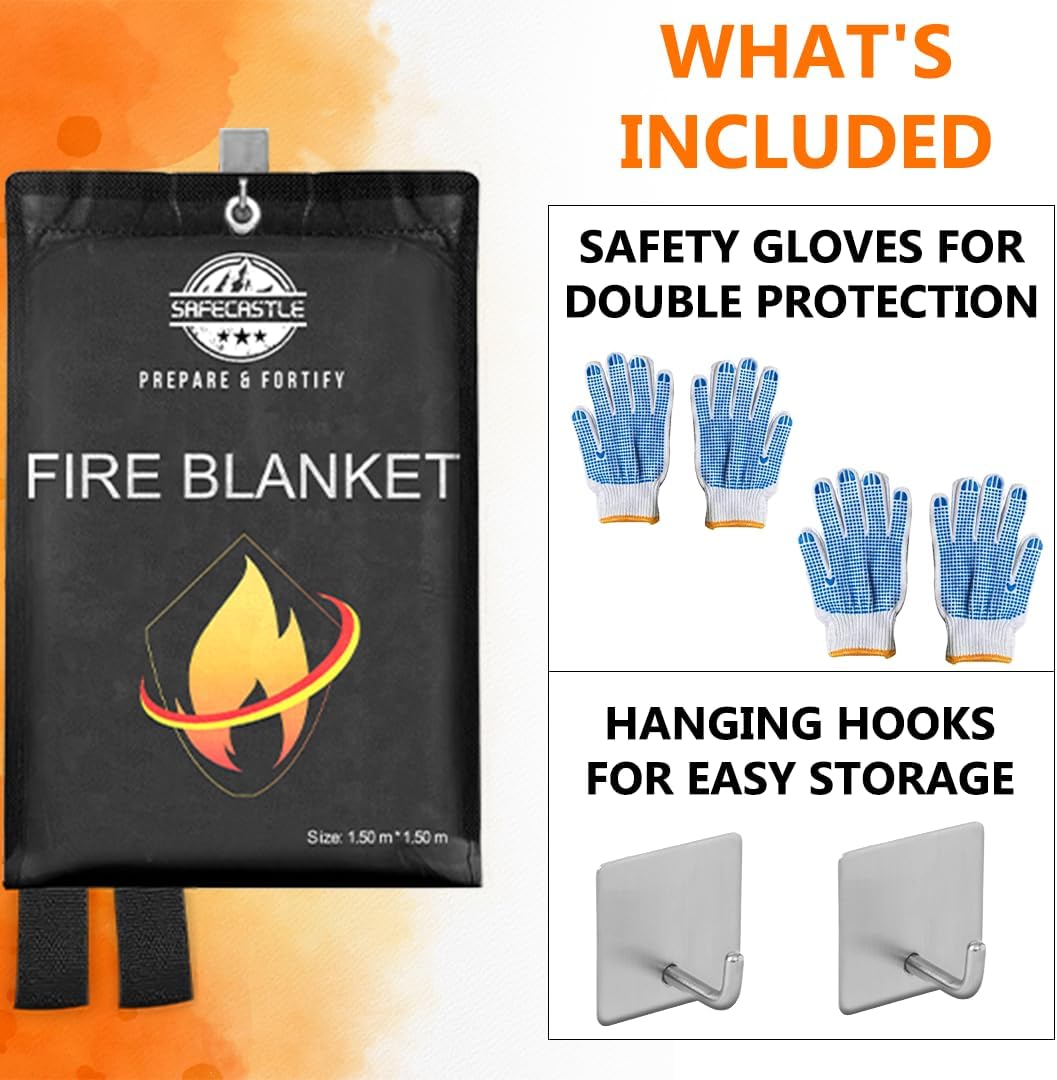
Buy: SAFECASTLE Fire Blanket Emergency Survival Kit With 3 Combo Offers
Speaking of blankets, this should be one thing that every prepping family has in abundance. There are only so many blankets when a cold snap hits and the power goes out. The thicker the blankets, the better. You can often find them at garage sales, where people sell them, when they are looking for a new style. It doesn't matter, survival has no style; just heat.
Also use foods to warm yourself
Finally, make sure you eat in a way that keeps your body warm. Cold weather is not the time to drink iced tea or cold sodas. Drink hot drinks as much as possible and eat hot foods whenever you can. Your body will need plenty of carbohydrates so your muscles can convert that energy into heat.
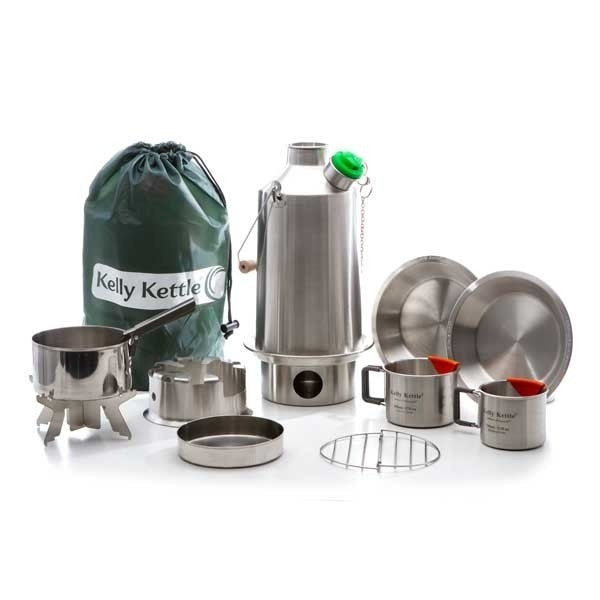
Buy Stainless Steel Camp Kettle
Although your body can extract some of the fat stores, it can't do it fast enough. More than half of the carbohydrates your body needs, or a quarter of your total calories, should come from carbohydrates that your body can quickly convert into simple sugars.


